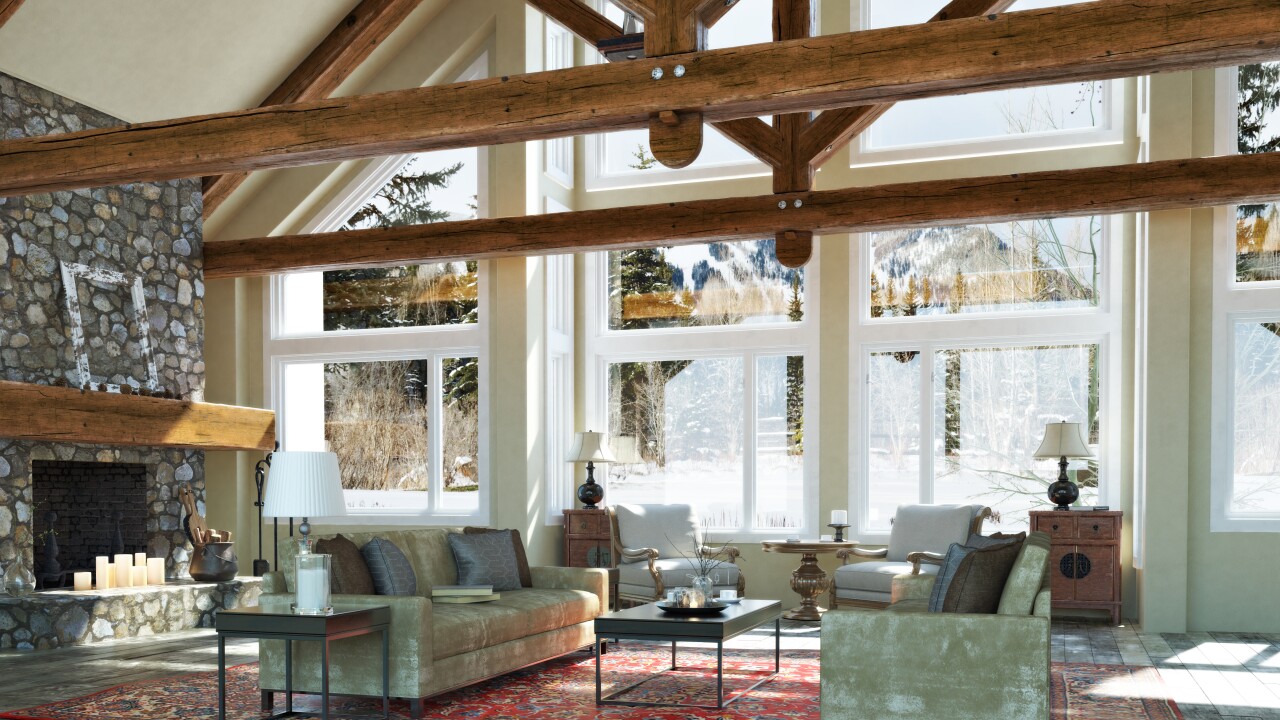The number of vacation homes purchased in areas facing
The number of second homes purchased between 2020 and 2021 that were susceptible to flooding rose by 44.8% compared to those acquired from 2018 to 2019, and exposures to other types of natural disasters like storm, heat,
Also, vacation home sales in May fell below pre-pandemic levels for the first time in 24 months, according to a separate Redfin analysis of Optimal Blue’s rate-lock data. These transactions were down 4% that month. In April, they were 3% above the pre-pandemic benchmark, and a year earlier they were up by 70% compared to it.
Those statistics add to indications that the outlook for vacation property investment is mixed given the properties are fielding fewer bidding wars but have new deterrents to consider like higher insurance and financing rates.
Growing flood risk “absolutely does” add incrementally to new cost-deterrents in some second-home markets with greater exposure to it, but it’s been more a contributor to borrower reluctance than a driver, said Jimmy Kinley, a senior mortgage originator based in Highlands Ranch, Colorado. Kinley works for the Greenwood Village, Colorado-based Cherry Creek Mortgage.
More of a deterrent is the fact that rates look high compared to the extraordinary lows seen during the pandemic and prior to
“I don't believe it's the flood insurance that's going to be the surprise factor that talks you out of it. I think it's going to be the rates,” said Kinley.
But while the combination of high rates, inflation and rising insurance costs have driven demand for second homes down, these factors haven’t quelled it entirely, he added.
“We’re still selling those loans for the people that really want to do it,” Kinley said. “The upside of buying and taking that higher rate is you're buying the house when there is not a bunch of competition.”
Buyers that have become reluctant are more likely waiting on the sidelines than withdrawing from the market entirely.
“They're not saying, ‘I don't want to buy.’ They're saying, ‘I don't want to buy right now,’” said Kinley.
Some cash-buyers may be waiting for a forecasted drop in prices in markets with exposure to natural disaster risk.
“Home values in climate-endangered places may fall in the coming years as consumers learn more about the risks to properties in these areas,” said Redfin Senior Economist Sheharyar Bokhari in a press release Tuesday.
However, investor-owners will additionally have to weigh whether properties can be cost-effectively insured, rented or
Private investors in properties and the secondary market for their financing now sitting on the sidelines will have to weigh the risks involved in waiting, he said.
“If you wait until the secondary money floods back into the market, and there are these really good deals out there, odds are that [competition] comes back into the market at that time too. And now you're competing, and competing always costs you more,” said Kinley.




